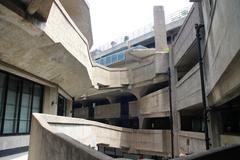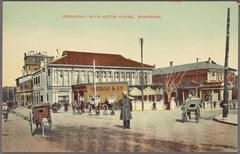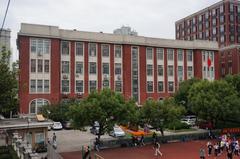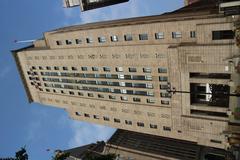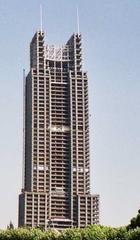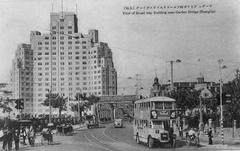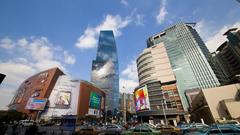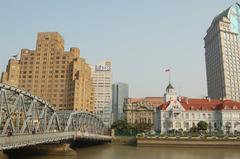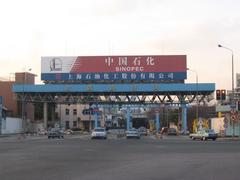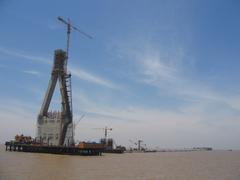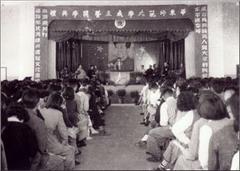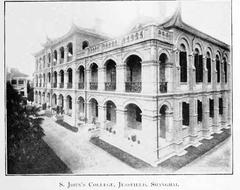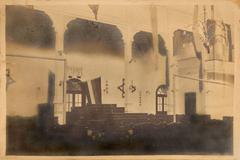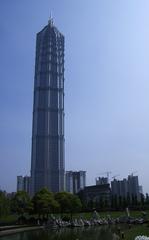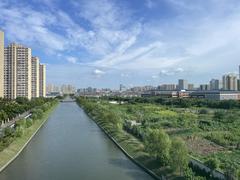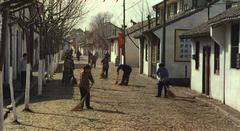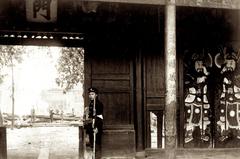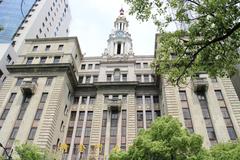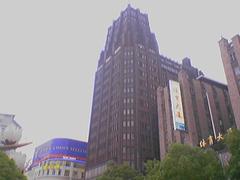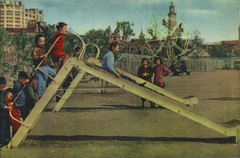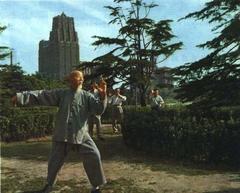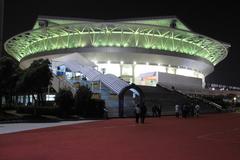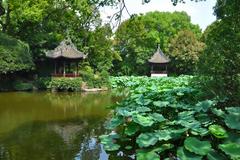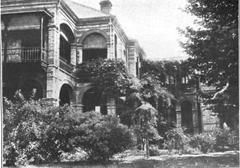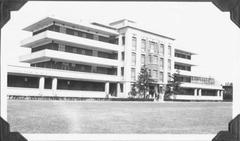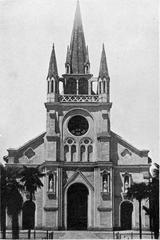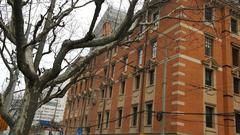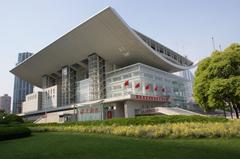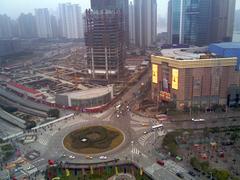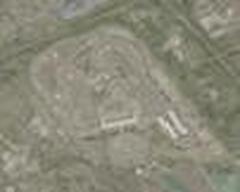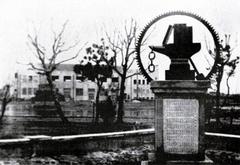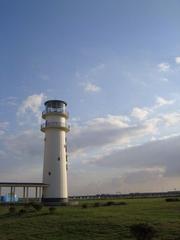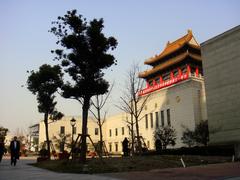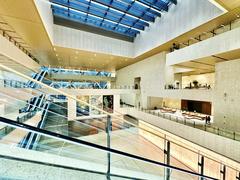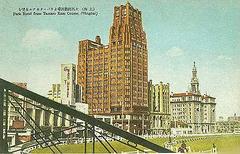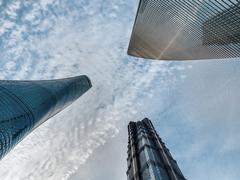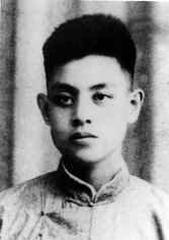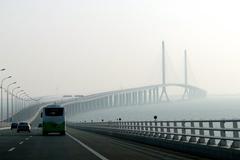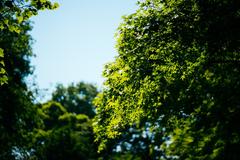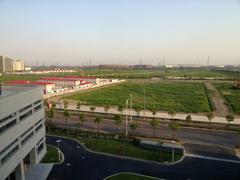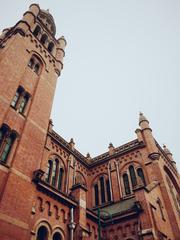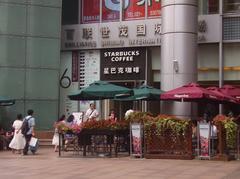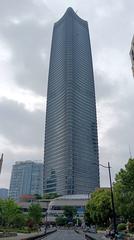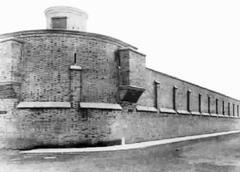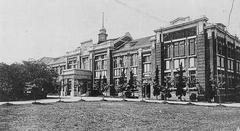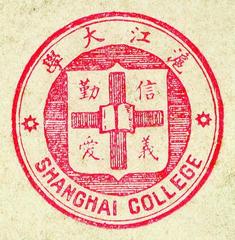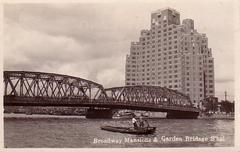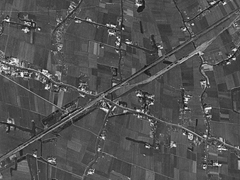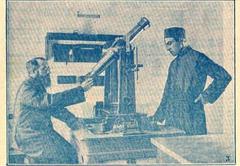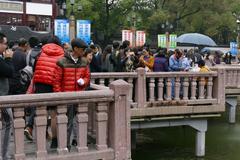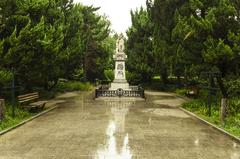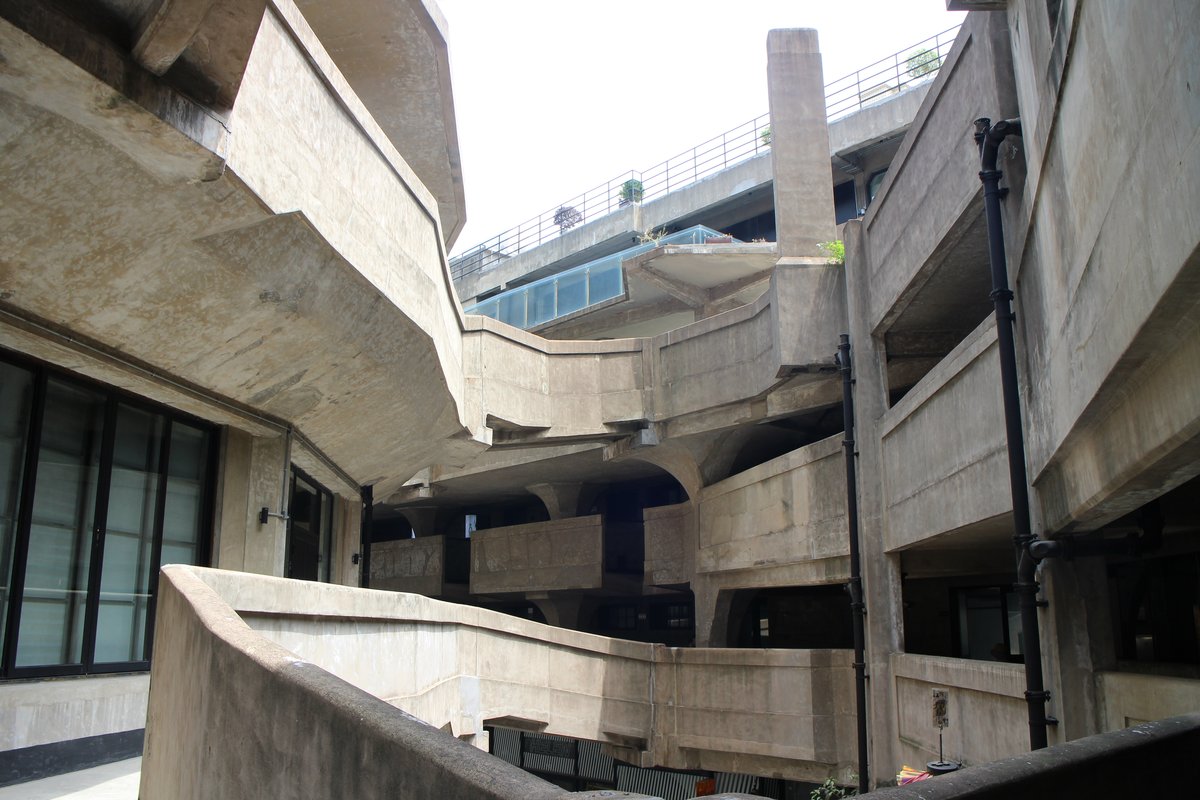
Comprehensive Guide to Visiting Dong Yuhang Road, Shanghai, People’s Republic of China
Date: 01/08/2024
Introduction
Welcome to 东余杭路 (Dong Yuhang Road), a historic and culturally rich street located in the vibrant city of Shanghai. Situated in the Hongkou District, this road stretches approximately 2,608 meters from Liyang Road in the west to Dalian Road in the east, offering visitors a unique blend of historical, cultural, and architectural experiences. Originally named 东有恒路 (East Yuhang Road), this area has been a significant part of Shanghai’s development since before the establishment of the Republic of China. In 1943, it was renamed to reflect its connection to Yuhang in Zhejiang Province (Wikipedia).
Dong Yuhang Road is more than just a street; it is a living museum that encapsulates the historical evolution of Shanghai. This guide aims to provide you with comprehensive information on its historical significance, cultural impact, architectural marvels, and modern-day relevance. From the former residence of Soong Ching-ling, a notable political figure, to the bustling street markets that once thrived here, Dong Yuhang Road offers a rich tapestry of experiences for history buffs, architecture enthusiasts, and curious travelers alike. Read on to discover visiting hours, ticket information, travel tips, and much more to make your visit memorable.
Table of Contents
- Introduction
- Historical Significance
- Cultural and Social Impact
- Architectural Significance
- Economic Significance
- Tourism and Visitor Experience
- Special Events and Tours
- Future Prospects
- Conclusion
- FAQ
- References
Historical Significance
东余杭路, originally named 东有恒路 (East Yuhang Road), has a rich historical background that dates back to the pre-establishment of the Republic of China. The road was renamed in 1943 to 东余杭路, reflecting its connection to Yuhang in Zhejiang Province (Wikipedia). This area is notable for its old residential buildings, including the former residence of the Song family, where Soong Ching-ling, a prominent political figure, once lived. The historical significance of 东余杭路 is further highlighted by its association with various revolutionary figures and events.
Cultural and Social Impact
东余杭路 has been a melting pot of cultural and social activities. The road was historically known for its bustling street markets, particularly the 马路菜场 (roadside vegetable market), which was a daily hub of activity from early morning until late afternoon (Sohu). This market culture contributed significantly to the local economy and social interactions, making it a vital part of the community’s daily life.
The presence of historical figures such as Soong Ching-ling and revolutionary music composer Nie Er, who lived nearby, adds to the cultural tapestry of the area. The road also housed the 澄衷中学 (Chengzhong Middle School), a key educational institution funded by the ‘Five Metals King’ Ye Chengzhong, further cementing its role in the educational and cultural development of Shanghai (Sohu).
Architectural Significance
The architecture along 东余杭路 is a testament to Shanghai’s historical and cultural evolution. The road features a mix of old residential buildings, including the 石库门 (Shikumen) houses, which are a unique blend of Western and Chinese architectural styles. These buildings are characterized by their stone-framed doors and were the primary residential structures in Shanghai during the late 19th and early 20th centuries (Sohu).
The Shikumen houses on 东余杭路 are particularly significant as they represent the adaptation of Western architectural elements into traditional Chinese housing, reflecting the cultural exchange that has been a hallmark of Shanghai’s development. The preservation and renovation of these buildings are crucial for maintaining the historical and architectural heritage of the area.
Economic Significance
The economic significance of 东余杭路 has evolved over the years. Historically, the road’s markets and small businesses were vital to the local economy. In recent years, the area has seen significant redevelopment, particularly with the launch of the North Bund urban renewal project in 2020 (Wikipedia). This project aims to transform the area into a modern urban space while preserving its historical and cultural heritage.
The redevelopment includes the construction of new residential and commercial buildings, which are expected to boost the local economy by attracting more businesses and tourists. The integration of modern infrastructure with historical sites is designed to create a vibrant and economically sustainable community.
Tourism and Visitor Experience
东余杭路 offers a unique blend of historical, cultural, and modern attractions, making it a significant destination for tourists. Visitors can explore the historical residences, such as the former home of Soong Ching-ling, and experience the traditional market culture that once thrived on this road. The ongoing redevelopment projects aim to enhance the visitor experience by providing modern amenities while preserving the historical charm of the area.
Tourists can also enjoy the nearby attractions, such as the North Bund waterfront, which offers stunning views of the Huangpu River and the modern skyline of Pudong. The area is well-connected by public transportation, making it easily accessible for both local and international visitors.
Visiting Hours
Most historical sites on 东余杭路 are open from 9:00 AM to 5:00 PM. It’s recommended to check specific sites for exact timings.
Ticket Prices
Entry to some historical sites may require a fee, typically ranging from 20 to 50 RMB. Check online or at the site for the latest prices.
Travel Tips
- Wear comfortable walking shoes and bring a camera to capture the beautiful architecture.
- Guided tours are available and can provide deeper insights into the history and culture of the area.
- The best times to visit are during spring (March to May) and autumn (September to November) when the weather is mild and pleasant.
- Be cautious when crossing streets, as traffic can be heavy.
- Carry hand sanitizer and wear a mask in crowded areas due to ongoing global health concerns.
- Learning a few basic Mandarin phrases can be very helpful.
Special Events and Tours
Throughout the year, 东余杭路 hosts various cultural events and festivals that celebrate its rich heritage. Guided tours are also available, providing visitors with detailed historical and cultural insights. Photographic spots along the road offer stunning backdrops, especially the preserved Shikumen houses.
Future Prospects
The future prospects of 东余杭路 are promising, with ongoing redevelopment projects aimed at revitalizing the area while preserving its historical and cultural heritage. The integration of modern infrastructure with historical sites is expected to attract more tourists and businesses, contributing to the economic growth of the area.
The North Bund urban renewal project, in particular, is set to transform 东余杭路 into a vibrant urban space that balances modernity with tradition. This project includes the construction of new residential and commercial buildings, green spaces, and cultural centers, which are expected to enhance the quality of life for residents and attract more visitors to the area (Wikipedia).
Conclusion
In conclusion, 东余杭路 (Dong Yuhang Road) stands as a testament to Shanghai’s rich historical, cultural, and architectural heritage. Its evolution from a bustling street market and residential area to a focal point of modern urban redevelopment highlights its enduring significance. Visitors can explore a wide array of attractions, from historical residences like that of Soong Ching-ling to the unique Shikumen houses that blend Western and Chinese architectural styles (Sohu). The ongoing North Bund urban renewal project promises to rejuvenate this area, making it a vibrant space that harmonizes modernity with tradition (Wikipedia).
Whether you’re interested in the historical figures who once lived here, the architectural marvels, or the cultural events that bring the street to life, Dong Yuhang Road offers something for everyone. The integration of modern infrastructure with historical sites ensures that this iconic road will continue to be a significant part of Shanghai’s cultural and economic landscape. Don’t miss the opportunity to explore this fascinating street on your next visit to Shanghai!
FAQ
Q: What are the visiting hours for 东余杭路? A: Most historical sites on 东余杭路 are open from 9:00 AM to 5:00 PM. Check specific sites for exact timings.
Q: Do I need to buy tickets to visit 东余杭路? A: Some historical sites may require a ticket, usually ranging from 20 to 50 RMB. Check online or at the site for the latest prices.
Q: Are there any guided tours available? A: Yes, guided tours are available and provide deeper insights into the history and culture of 东余杭路.
Q: What should I bring when visiting 东余杭路? A: Wear comfortable walking shoes and bring a camera to capture the beautiful architecture. It’s also useful to have a map or a mobile app for navigation.
Q: Can I visit 东余杭路 all year round? A: Yes, 东余杭路 is open year-round, but it’s always a good idea to check for any seasonal events or closures before your visit.
